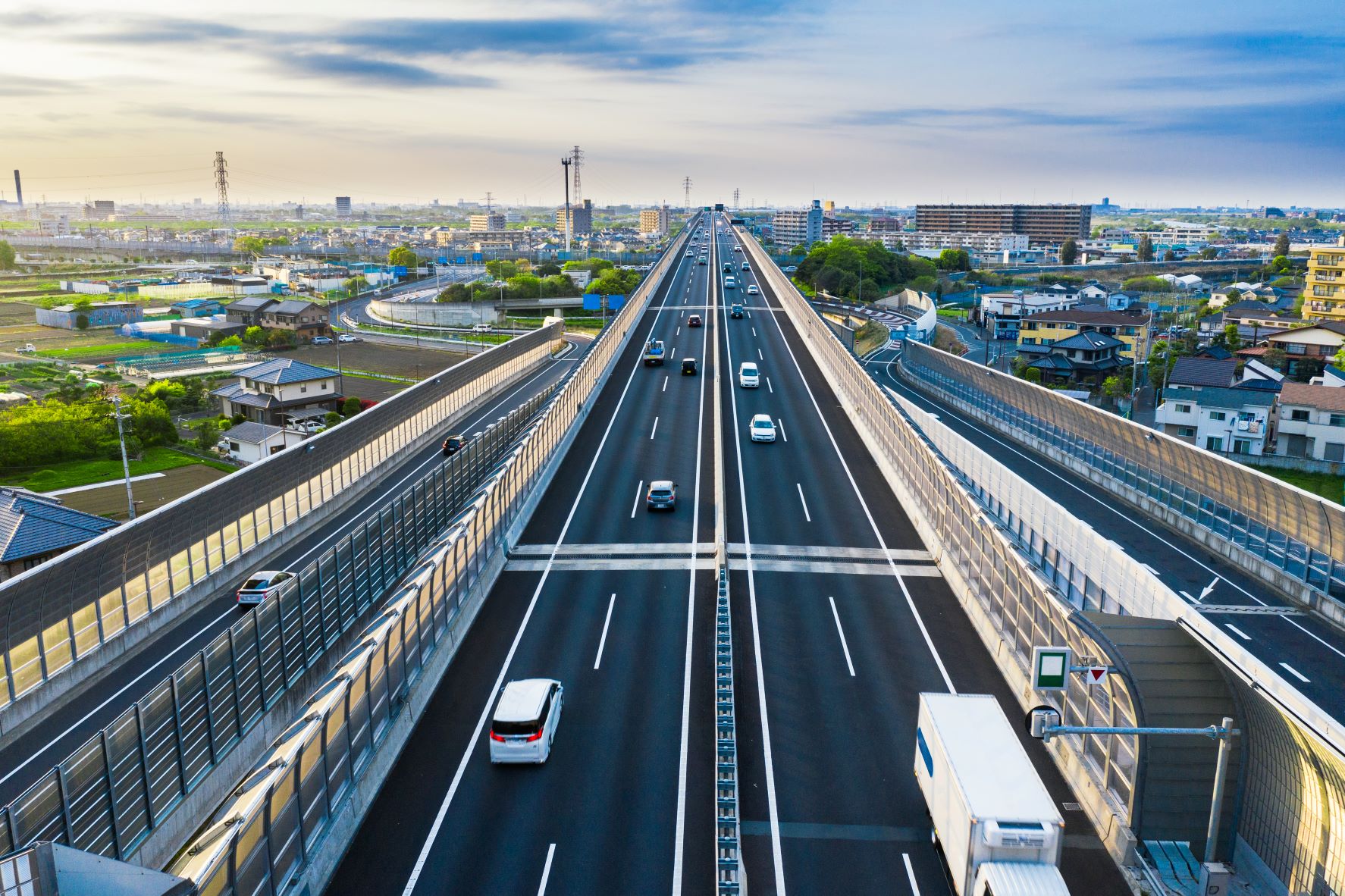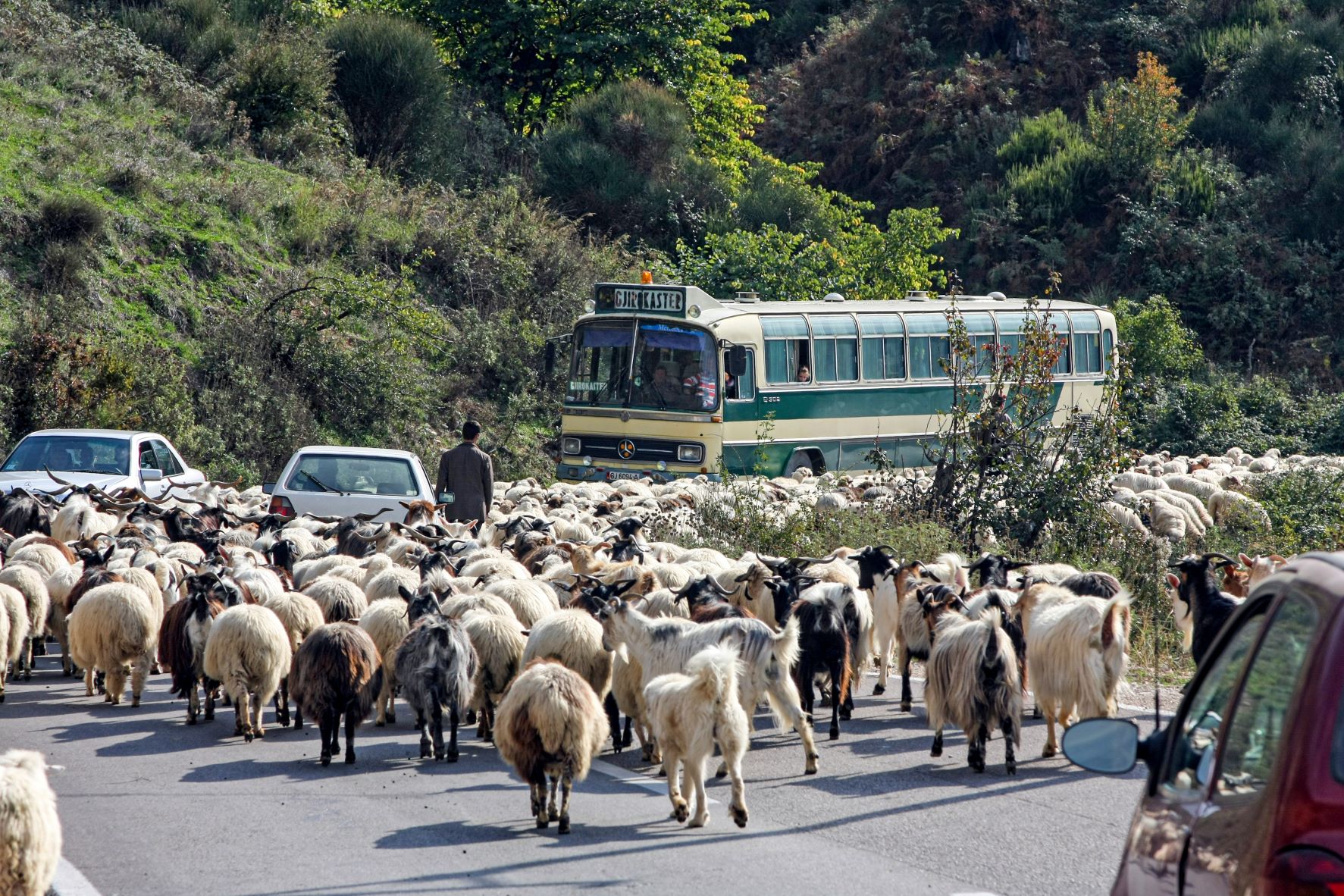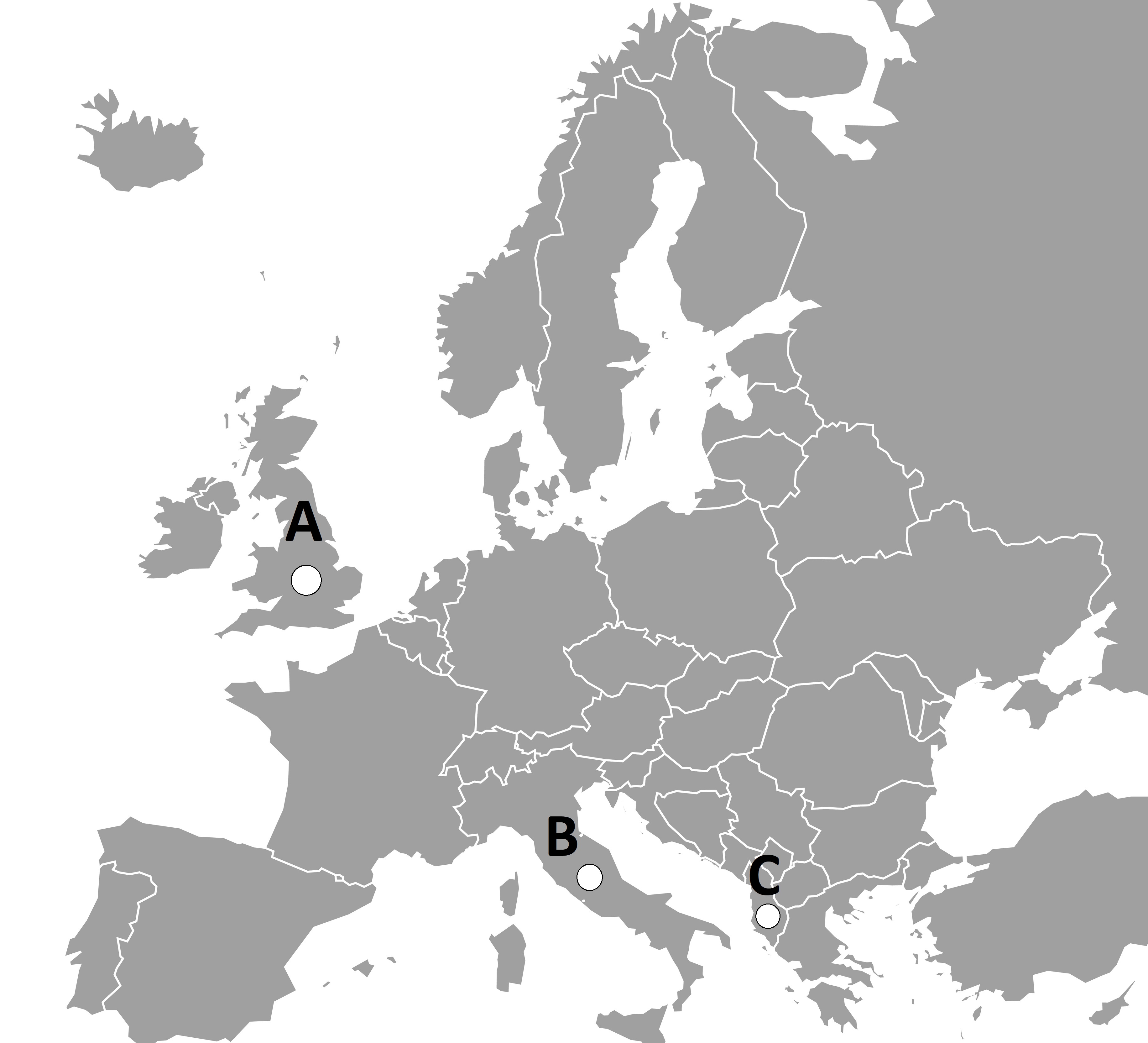
Today’s GOALS
Let’s have a look at the goals for today.
“Industry, Innovation, and Infrastructure” is the topic of this unit.
“Industry, Innovation, and Infrastructure” is the topic of this unit.
今日のテーマは「産業と技術革新の基礎を作ろう」です。
Today’s Goals
■ 産業や技術革新にかかわる単語・表現を学ぶ
Learn the vocabulary and expressions related to industry, innovation, and infrastructure
■ インフラ整備の問題を抱える世界の国について知る
Get to know and share your thoughts on the countries facing the issues of infrastructure
■ passageを読んでインフラ整備の問題や産業革命についての知識を深める
Deepen your knowledge of the issues of infrastructure and innovation by reading passages
Part A Self-Introduction
自己紹介をする

Part A_1 Self-Introduction
Let’s introduce ourselves to each other.
自己紹介をしましょう。
My name is ________. What is your name?
Part A_2 Self-Introduction
I am ________. Nice to meet you.


Part A_3 Self-Introduction
Nice to meet you too, ________.
Let’s get started.
Let’s get started.
Part B Review
前回のレッスンの復習
Review of the previous lesson

Part B_1 Review
Please read aloud the passage below.
文章を読んでください。講師がチェックします。
Part B_2 Review
Decent Work and Child Labor
Working ensures people’s financial security and also helps the improvement of society and the country’s economy. But unemployment is an ongoing problem all over the world. Poor countries turn to child labor to have enough money to buy basic needs. In the world, 160 million children—63 million girls and 97 million boys—are in child labor.


Part B_3 Review
I will ask the following questions. Please answer based on the passage.
講師が質問するので答えてみましょう。

Part B_4 Review
| 1. | How many girls and boys are in child labor? |
Part B_5 Review
| ____________ girls and ____________ boys are in child labor. |


Part B_6 Review
| 2. | Did you do your research on the sub textbook? Did you find the activity for work issues? Please tell me what you feel about it. |
Part B_7 Review


Part B_8 Review
Now, let’s review your answers.
復習してみましょう。
Part B_9 Review


Part B_10 Review
So far, we reviewed the previous lesson topic, “Decent Work and Economic Growth”. Do you have any questions?
In the next part, we are going to learn about “Industry, Innovation, and Infrastructure”.
In the next part, we are going to learn about “Industry, Innovation, and Infrastructure”.
ここまでは前回の復習です。
次のパートからは、「産業と技術革新の基礎を作ろう」について学習を進めましょう。
次のパートからは、「産業と技術革新の基礎を作ろう」について学習を進めましょう。
Part C Description
描写問題 他国を知る
Get to know other countries’ situations

Part C_1 Description
Find out where Albania is located.
アルバニアの場所について確認しましょう。
| 1. | Where is Albania? A, B or C? |
Part C_2 Description
| The answer is _________. |


Part C_3 Description
Please look at and study the pictures below. These are pictures from Japan and Albania. I will ask you a question.
(Give the student at least 20 seconds to study both pictures.)
下記は、日本とアルバニアの写真です。写真について質問をします。

Part C_4 Description
| 2. | What can you see in the pictures? Please describe as many as you can from each picture. |
 |
 |
Part C_5 Description
| Answer: |


Part C_6 Description
Now, let’s review your answers.
復習してみましょう。
Part C_7 Description


Part C_8 Description
Did you get any images of infrastructure problems? If you have anything you don’t know well, please keep researching after the lesson.
Part D Vocabulary
英単語の意味と発音を確認する
Learn the vocabulary and phrases related to the topic

Part D_1 Vocabulary
We’ll read aloud the words and sample sentences below. Please repeat after me. I will check your pronunciation.
講師の真似をして単語を発音しましょう。
Part D_2 Vocabulary
 |
remote 遠隔の
Thanks to technology, remote learning has been made possible.
|
 |
rural 田舎の
Rural communities struggle to find opportunities due to a lack of Internet access.
|
 |
platform 基盤、プラットフォーム
More platforms means more chances of spreading access to new technologies.
|
 |
function 機能
The Internet’s function is to make things more efficient.
|


Part D_3 Vocabulary
Now, let’s review some words from part D_2.
(Please review the mispronounced words and expressions from part D_2.)
復習しましょう。
Part D_4 Vocabulary


Part D_5 Vocabulary
Please look at the pictures below. Now, fill in the blanks with the words you learned and read aloud the complete sentences.
(Please give the student time to answer.)
それでは、下記のそれぞれの文章の空欄に先ほど学んだ単語のいずれかを埋めて、文章を完成させましょう。
Part D_6 Vocabulary
| 1. | Countries that do not have advanced technology struggle to make _______________ learning possible. |
| 2. | The government is making every effort to reach out to ________ areas. |
| 3. | The majority of software will be available on all ______________. |
| 4. | Advanced infrastructure is an important _______________ for society’s improvement. |


Part D_7 Vocabulary
Now, let’s review your answers.
復習してみましょう。
Part D_8 Vocabulary


Part D_9 Vocabulary
Do you have any questions about the meaning of words?
Then, let’s move on to the next part.
Then, let’s move on to the next part.
Part E Reading
リーディング問題 passageを読んで知識を深める
Learn the facts about the topic and the countries that are related to it

Part E_1 Reading
Please read aloud the first passage below.
文章を読んでください。
Part E_2 Reading
Industry, innovation, and infrastructure
The delivery of services through economic and social infrastructure is one of the most important functions of the government. People want and need the availability of services like clean water, electricity, public transportation, and internet access. In particular, the Internet has become an essential infrastructure for today’s digital age. In 2018, 90% of people had internet access via 3G or higher-speed networks.

People living in rural areas can easily apply for micro-loans, take part in e-banking, and more thanks to the Internet. New technologies also support reducing education inequalities in developing countries. Mobile electronic devices such as tablets deliver learning opportunities to children living in even the most remote locations.


Part E_3 Reading
I will ask the following questions. Please answer based on the passage. I will check if your answers are appropriate.
講師が質問するので答えてみましょう。

Part E_4 Reading
| 1. | What kinds of services do people want and need? |
Part E_5 Reading
| Answer: |


Part E_6 Reading
| 2. | According to the graph, which country has the highest number of people with no internet access? |
Part E_7 Reading
| Answer: |


Part E_8 Reading
Please read aloud the second passage below.
文章を読んでください。
Part E_9 Reading
New technologies and economic growth
In 2019, thanks to the improvement of new renewable power sources, the amount of energy capacity was the highest ever. Over the next decade, digitally-enabled platforms are expected to account for 70 percent of new economic value created. As a result, one key to economic growth is the development of new technology, like 5G. For example, it would improve the quality of learning with rapid interactivity while using less energy. Additionally, the speed of 5G connectivity can help doctors perform remote surgery using virtual reality (VR) technology and 3D imaging. More possibilities will be open thanks to new technology.


Part E_10 Reading
I will ask the following questions. Please answer based on the passage. I will check if your answers are appropriate.
講師が質問するので答えてみましょう。

Part E_11 Reading
| 1. | What is the key to economic growth? |
Part E_12 Reading
| Answer: |


Part E_13 Reading
| 2. | How will the faster connection speed of 5G help doctors? |
Part E_14 Reading
| Answer: |


Part E_15 Reading
Now, let’s review your answers.
復習してみましょう。
Part E_16 Reading


Part E_17 Reading
Did you understand the situation and facts about “Decent Work and Economic Growth? If you have any questions, please ask me.
Part F Opinion
オピニオン 問題を身近に考える
Think about the topic as your own

Part F_1 Opinion
Please answer the questions below. You can share your opinions.
(It’s okay if the student’s answers are not complete sentences. To share his/her opinions is the goal for this part.)
講師が質問をするのであなたの意見を答えましょう。

Part F_2 Opinion
| 1. | What can you do on the Internet? Give as many ideas as you can think of. |
Part F_3 Opinion
| Answer: |


Part F_4 Opinion
| 2. | What would be the problems if you did not have access to the Internet? |
Part F_5 Opinion
| Answer: |


Part F_6 Opinion
Now, let’s review your answers.
復習してみましょう。
Part F_7 Opinion


Part F_8 Opinion
Thank you for sharing your opinions. Let us continue to learn and think about industry, innovation, and infrastructure issues, and then take action to solve it.
